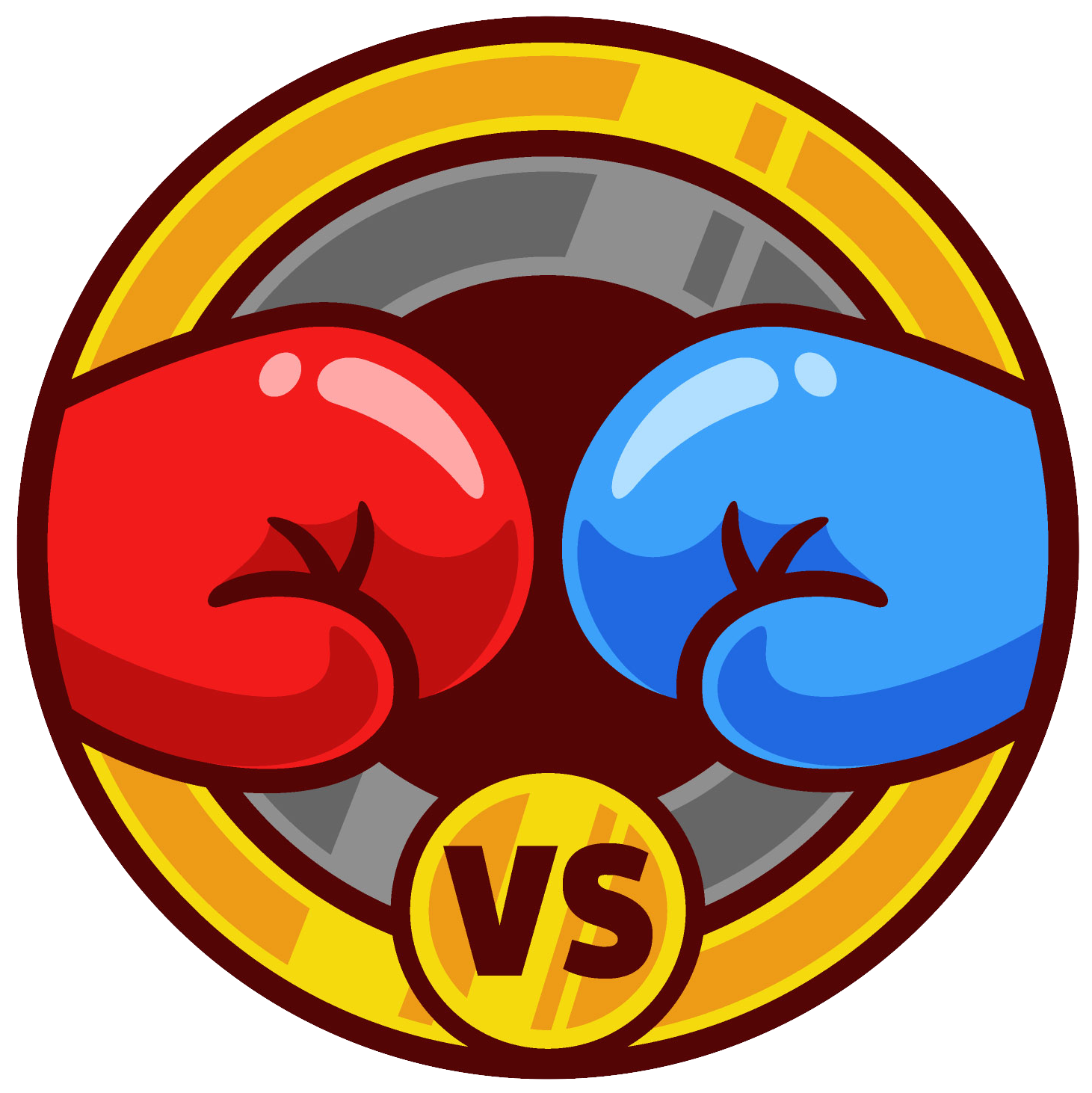In the boxing sphere, rare is the moment when a young contender is elevated to such a daunting challenge as the February 22nd matchup between Floyd ‘Kid Austin’ Schofield and WBC lightweight champion Shakur Stevenson. Many are inclined to praise Schofield’s willingness to step up; however, this confidence may only be a facade concealing a potentially devastating consequence. Abdullah Mason, a fellow fighter with insights into the lightweight ranks, expresses a critical perspective on the validity of Schofield’s chances, contending he’s ill-equipped for such ambition.
The audacious attempt to face a fighter as accomplished as Stevenson—boasting a professional record of 22-0, with 10 knockouts under his belt—is a risky venture that raises eyebrows. While it’s refreshing to see younger fighters eager to challenge established champions, Mason’s prognosis is stark: Schofield stands “no chance.” This bold declaration not only underscores the mismatch in skills and experience but magnifies the precarious nature of matchmaking in modern boxing.
Schofield, though undefeated with 18 wins and 12 KOs, lacks the depth of combat experience needed to contend at the elite level. Often, in the sport of boxing, we observe that raw talent alone fails to suffice against seasoned professionals who have traversed the arduous road of fighting world-class opponents. Scouting reports suggest that Schofield is not yet battle-tested against fighters possessing the kind of power and finesse that Stevenson showcases with ease.
Mason points out Schofield’s performance in his last outing against Rene Tellez Giron, which left much to be desired. Such a lackluster display raises the question: Why has he been entrusted with the role of Stevenson’s opponent? The decision seems partially rooted in the promotional realm, where social media traction has turned the tides of traditional matchmaking. It feels as though this choice was less about due diligence and more about gaining views or drawing attention rather than respecting the sanctity of the sport.
Furthermore, Mason posits that Stevenson’s team is hedging their bets; they foresee Schofield as a safe option while preparing for a lucrative unification bout against WBA champion Gervonta Davis. This strategic maneuver indicates an inclination to protect Stevenson’s brand rather than challenge him with a competitor who might push him to his limits. While this practice isn’t uncommon, it undeniably diminishes the integrity of the competition, diverting focus from the fighters’ skill sets to merely the spectacle of the event.
Stevenson’s close fight against Edwin De Los Santos serves as a wake-up call. Yes, he emerged victorious, but the match illuminated cracks in his otherwise polished defense. He appears susceptible when tangling with fighters capable of delivering power punches, which ironically leads one to question; hasn’t he stepped down the rung in choosing to face a less formidable opponent?
As the fight date approaches, one can’t help but notice Schofield’s unusual silence. Despite the high stakes, the young boxer hasn’t utilized this opportunity for self-promotion. In an era when fighters often blossom into personalities beyond mere athletics, Schofield’s muted presence raises concerns over his readiness—not only physically but mentally.
Mason theorizes about the aftermath should Schofield fall to Stevenson, stating that a promising career can still emerge from a loss, so long as the right foundations are laid post-fight. Will this defeat quench Schofield’s career aspirations, or can he rebound, learn, and grow? Boxing is littered with stories of fighters who have turned losses into lifelong learnings, yet not every fighter can replicate that path.
Amid this complexity lies the role of the boxing community, which ought to demand better, ensuring that talent is aptly matched with skill and experience. The question remains: Is ‘Kid Austin’ merely a pawn in Shakur Stevenson’s ultimate ascent, or can this fight redefine both their careers in unanticipated ways? Only time will tell, but the stakes appear regrettably tilted in favor of one fighter.


Leave a Reply